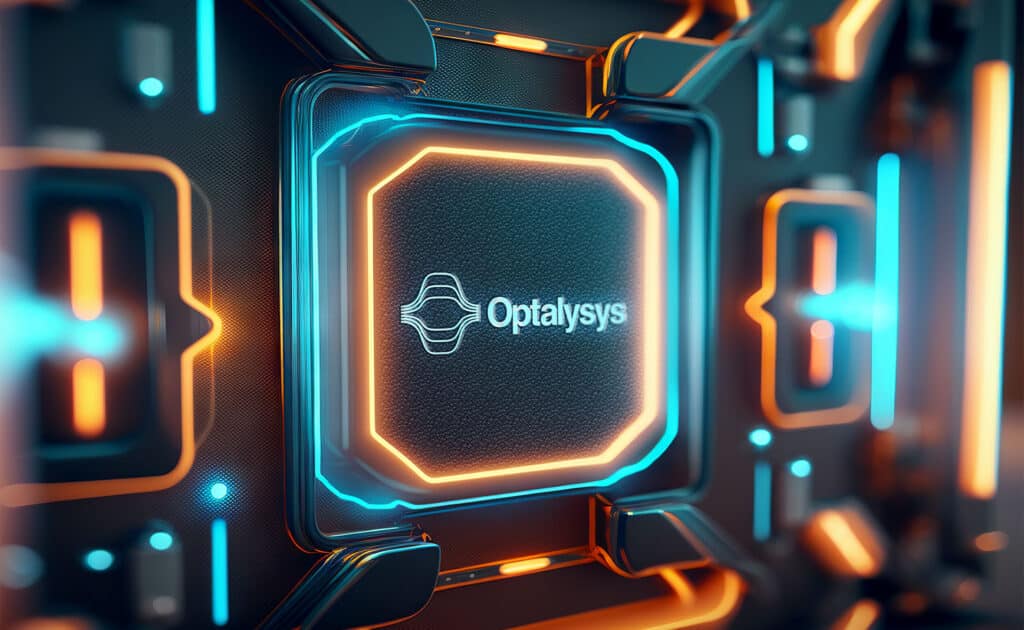As 2023 comes to a close, it’s a good time to compare and contrast where the field of fully homomorphic encryption was at the start of the year versus where we are now, and look ahead to what’s coming in 2024.
At the start of the year, a common refrain in the Privacy Enhancing Technology space was that PETs were not only difficult to use at the technical level, but that the landscape for deploying and experimenting with new ways of protecting data was still fraught with difficulty. Concerns about vendor lock-in, data governance issues and the challenges of reconciling customer needs against the solutions on offer were serving to inhibit uptake and engagement.
Finding ways to enable customers to overcome these issues have featured heavily in our own planning and product development. At the same time, as we near the end of the year, we’re seeing a shift in the regulatory environment that drives many of these concerns. Actions such as the ICO guidance on PET adoption and a warming of other regulatory bodies to frameworks that enable FHE and other PETs to be deployed in a compliant environment are starting to shift matters towards identification and engagement of FHE use-cases.
In the outlook for next year, we expect to see a further thawing of the regulatory environment alongside the continuing maturation of both core FHE utilities, toolchains, and infrastructure. The near-future release of the first tranche of publically-accessible FHE accelerators by Optalysys, and the promise of further advances in the mid-term, should serve to further enhance the scope for demonstrative use-cases and early products in the space.
In November we attended the Singapore PET Summit – the event connects adopters, solution providers, academics, and government and regulatory bodies to explore use cases, proof of concepts, and overcome barriers to PET adoption. There was a focus on the challenges facing adoption of PET methods, alongside legal and regulatory barriers to entry. There was an underlying positivity that “privacy is now an enabler” and an increasing understanding of the value unlocked at both a commercial and altruistic level.
Major project contributions from the likes of Meta, Mastercard, Google and Intel indicate that the level of interest in privacy enhancing technology is growing. There was recognition of the multiple use cases and solutions being enabled – government level data protection, fighting cross-border financial crime, defense intelligence exchange, health-care collaboration for research and analysis, and integration with AI. Singapore is aggressively promoting PETs by leveraging regulatory sandboxes.
We felt a real shift in tone towards over-coming the difficulties to realise the benefits, enabled by advancements in the technology that make this a near reality.
We introduced our initial cloud-based FHE accelerator at the event, alongside updates on how our technology is developing and the opportunities it brings, demonstrating our FHE-based fraud detection model that will be part of our cloud offering. We invited partners to join us on the next stage of our journey, helping us to prove the technology, ensuring accessibility and useability as cornerstones of design. It was great to have such an enthusiastic and interested response, leading to on-going conversations.
Of the back of the Singapore PET summit 2023, it’s evident that there’s a desire to work with FHE across key sectors.
Challenges for FHE adoption are being overcome, both from a technology and regulatory standpoint. Progress on hardware acceleration and uniformity of the software approaches are progressing – and we will be launching the first cloud systems in 2024.
The continuing maturation of not only the cryptographic applications but the toolchains surrounding them, looks set to further advancement. While we see a general slowing in the development of the core schemes as parameter sets solidify around use-cases and hardware capabilities, interest abounds in advanced techniques such as scheme-switching. Likewise, the rise of powerful development components such as Google MLIR and HEIR (which greatly simplify the process of converting standard code into FHE equivalents) will continue to reduce the need for highly developed expert knowledge and open the field to innovation across the industry specific application developer strata, while easing the integration between software and hardware.
2024 will see impressive gains in FHE capabilities and uptake, as well as the emergence of ecosystem components (such as dedicated acceleration capabilities) that must be in place to support the continued growth of the scope and scale of FHE applications.
Excitement and interest in the field is growing at a pace!
As we bring our tech to market, our reflections on 2023 continue to influence our solutions and how we build our business. We know always-encrypted data will completely transform data use and multiparty collaboration, the potential of which is only beginning to be explored. We therefore, remain steadfast to making real-time FHE available, at scale, accessible and usable for everyone.
Ubiquitous tech is the key to making this transformation happen. This years PET Conference in Singapore perfectly modelled our own approach to building Optalysys as a collaborative ecosystem of partners, users, regulators and future visionaries. Novel transformative solutions such as FHE demand the coming together of great minds and varied perspectives. To accelerate our collective progress and shared learning, Optalysys is releasing early access to our accelerator tech and FHE solutions, with dates announced this month.
News
© 2024 All rights reserved Optalysys Ltd
Subscribe
Sign up with your email address to receive news and updates from Optalysys.
